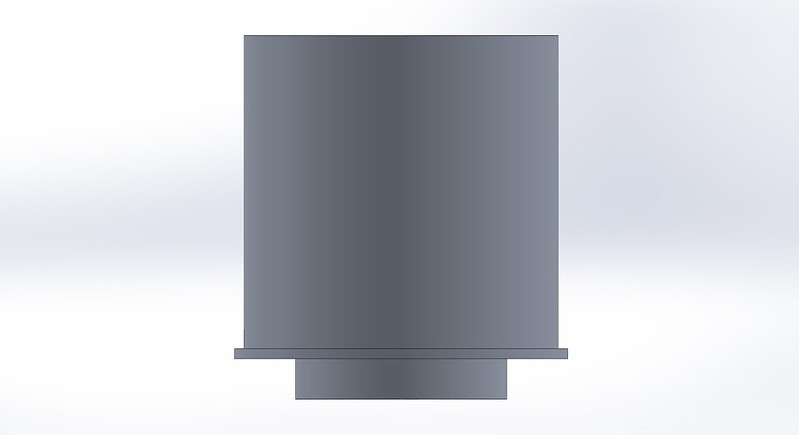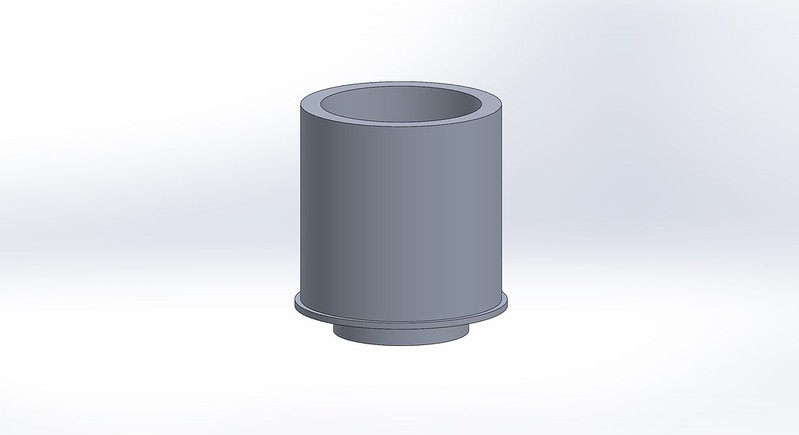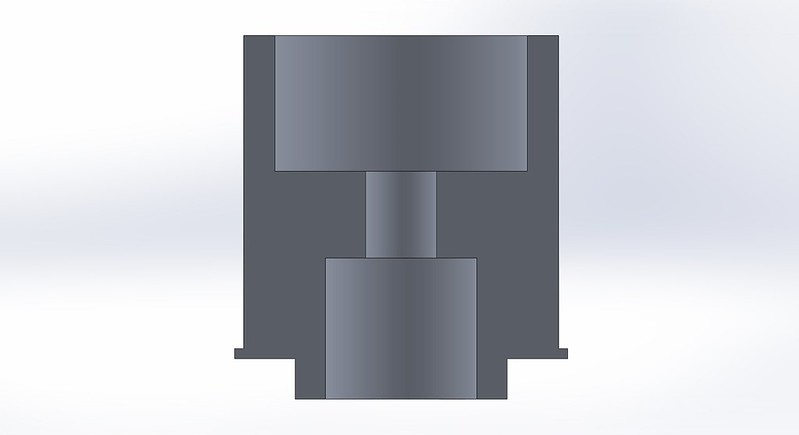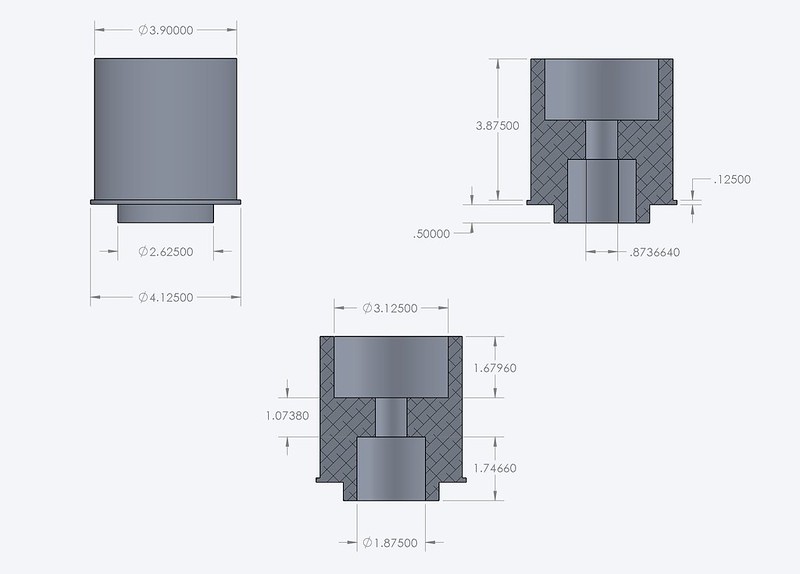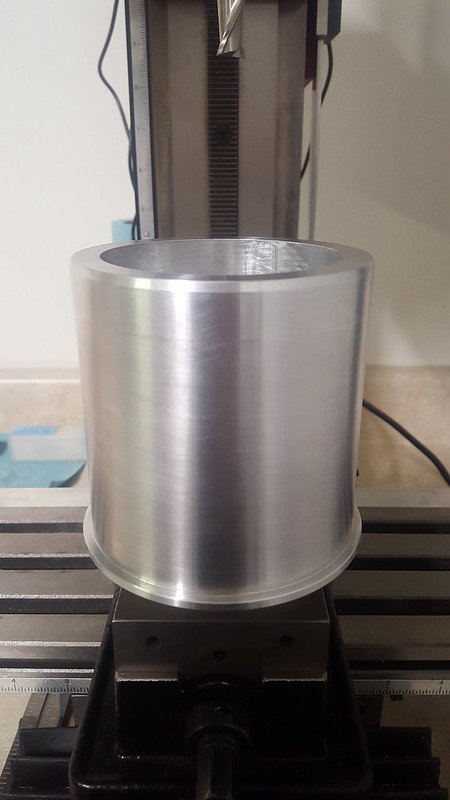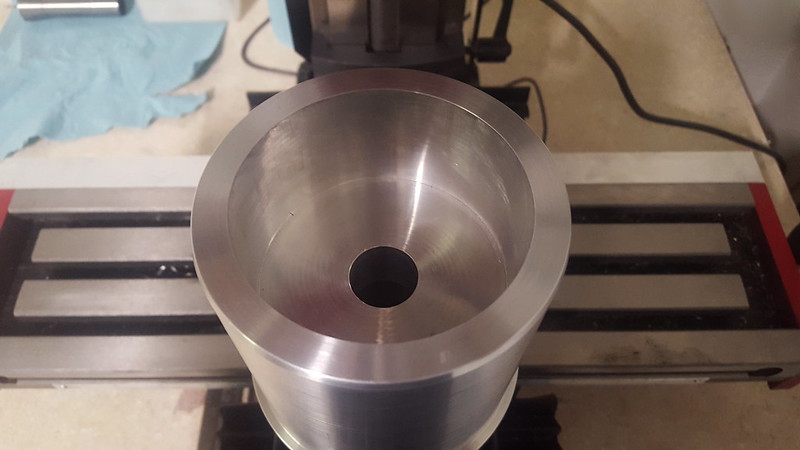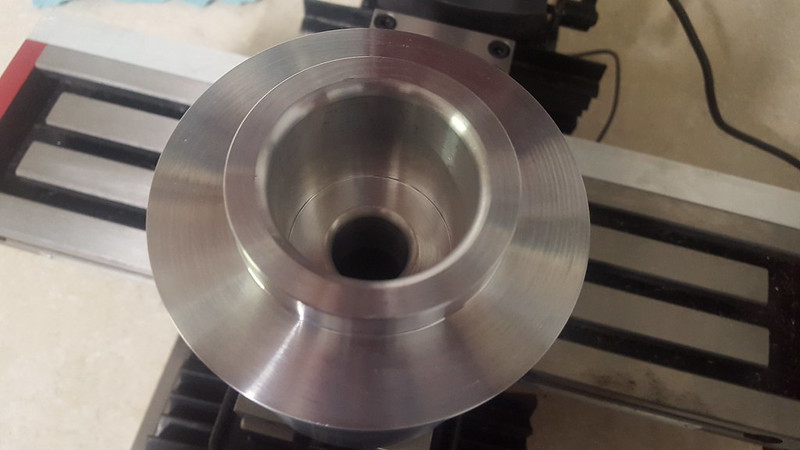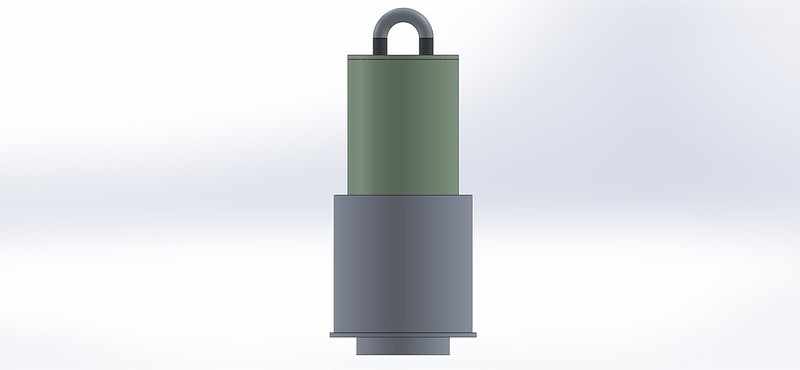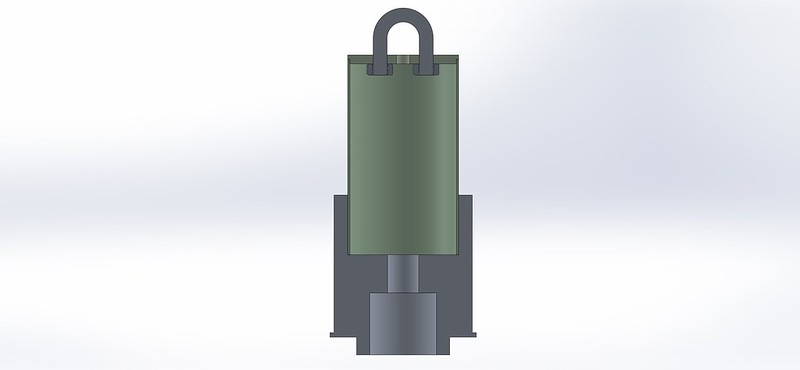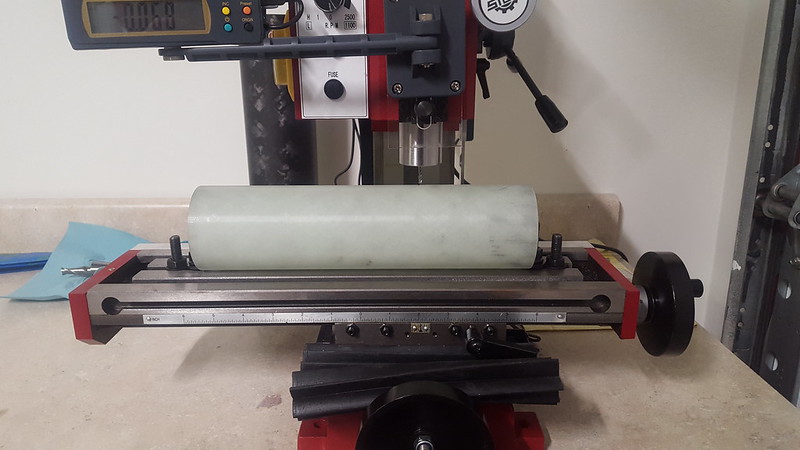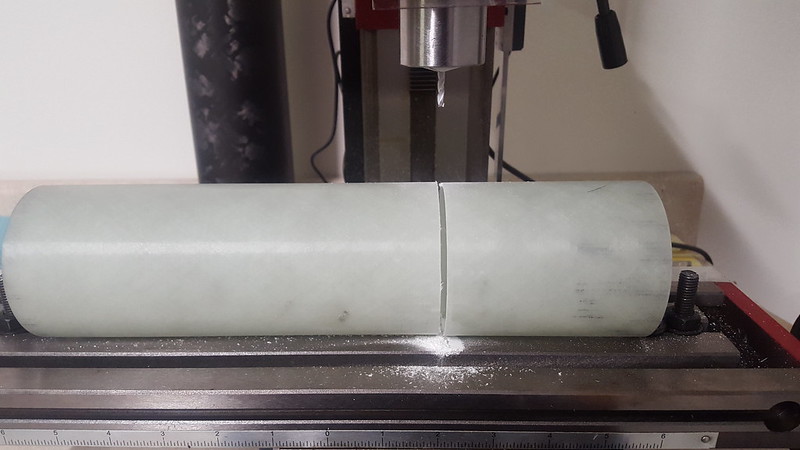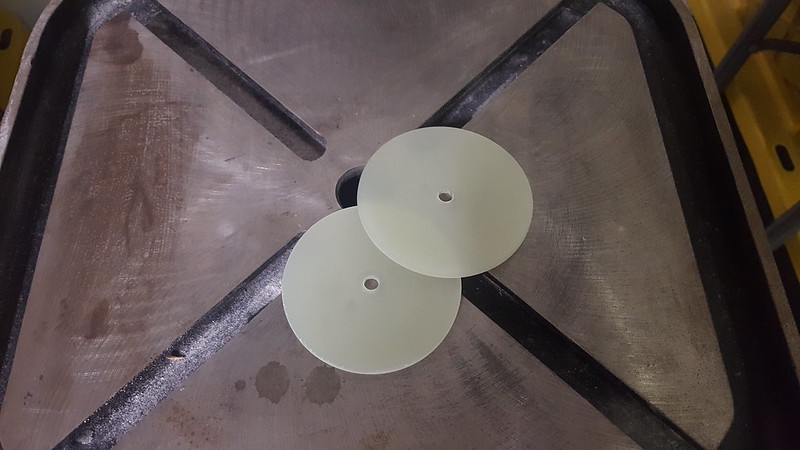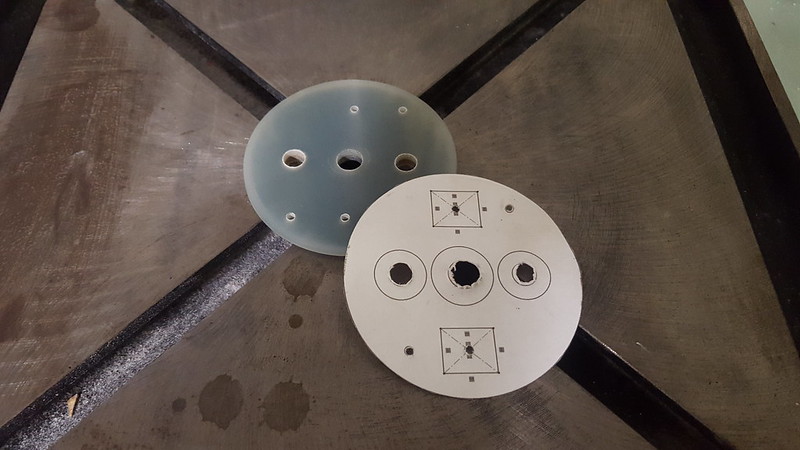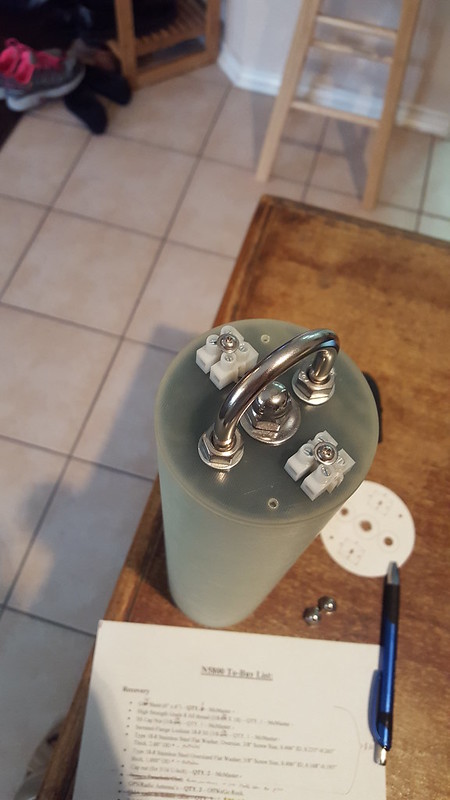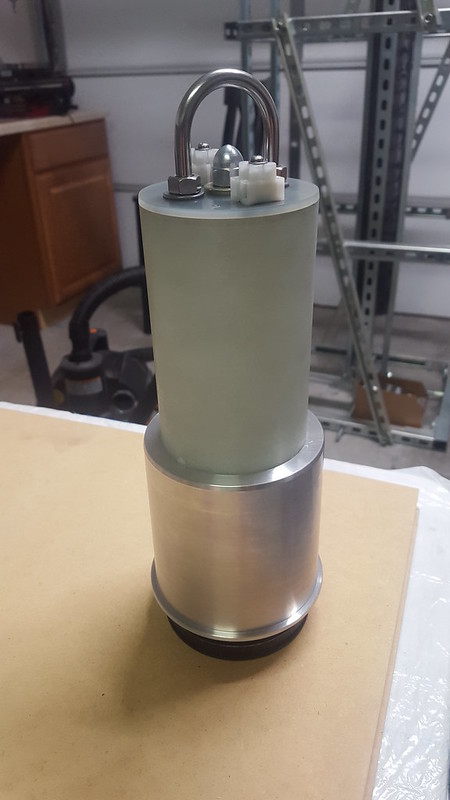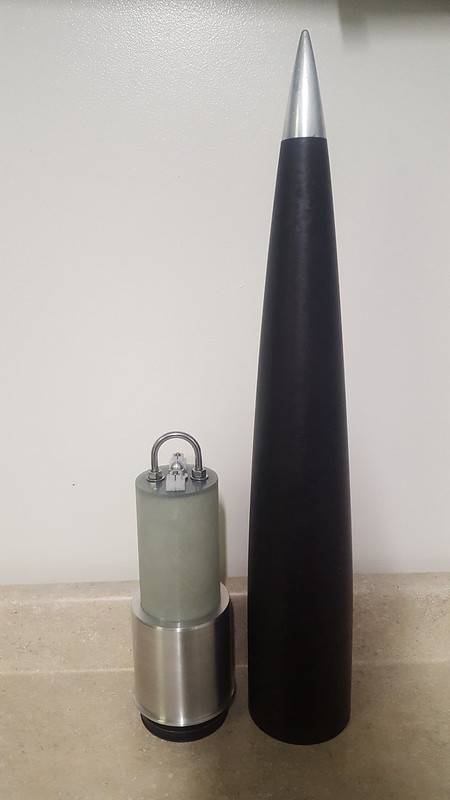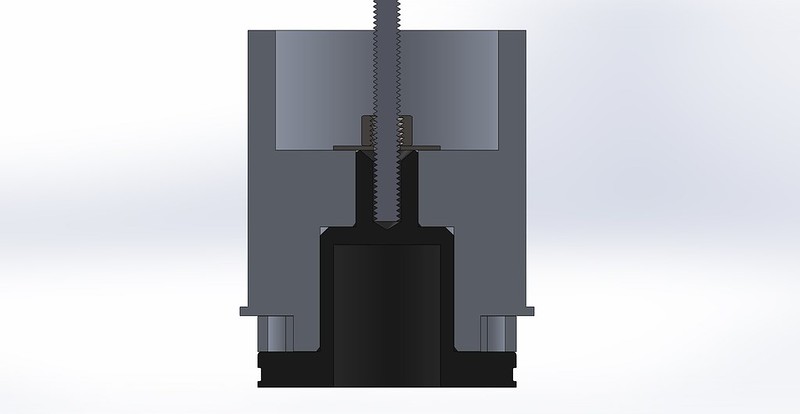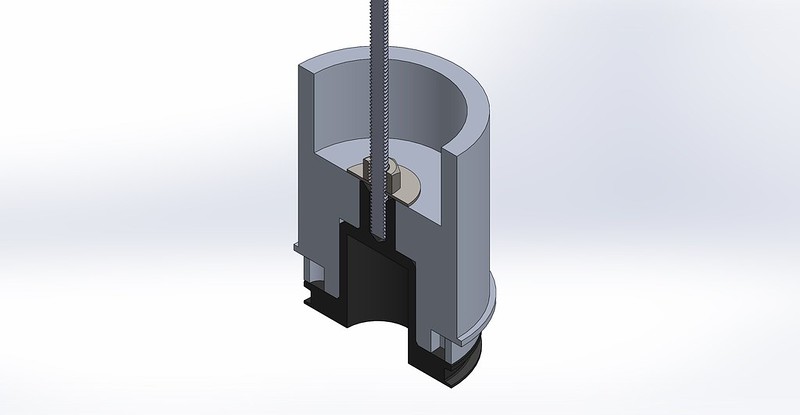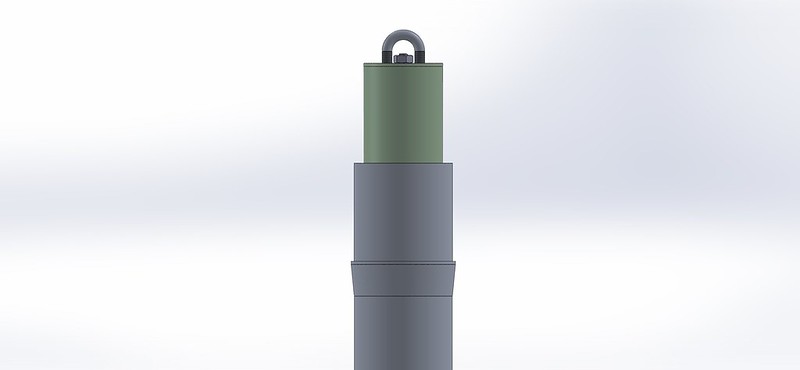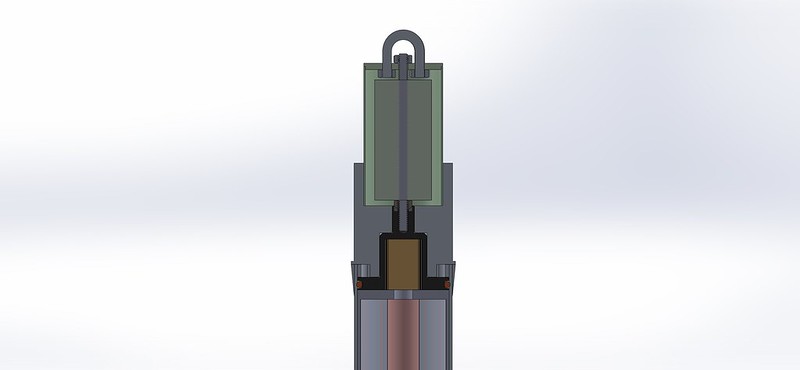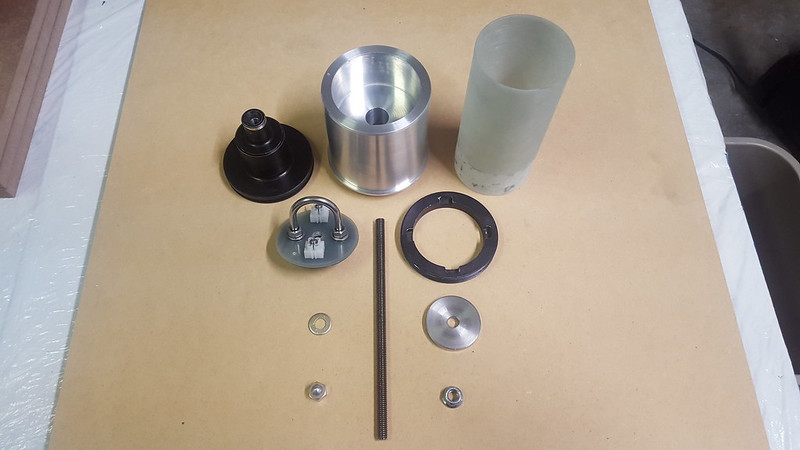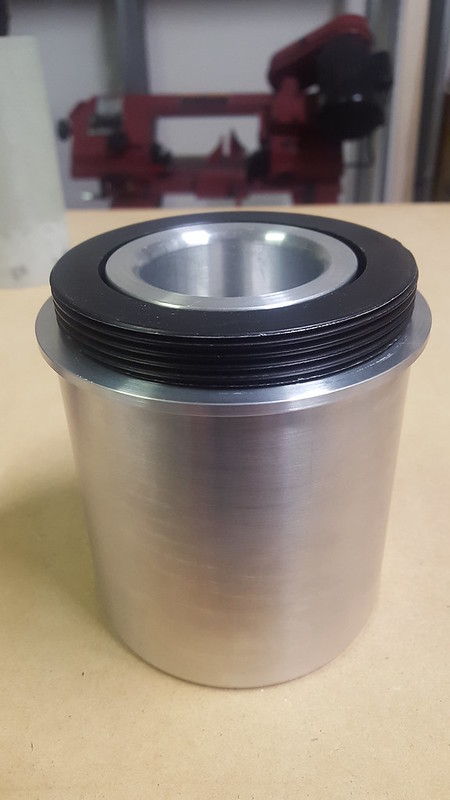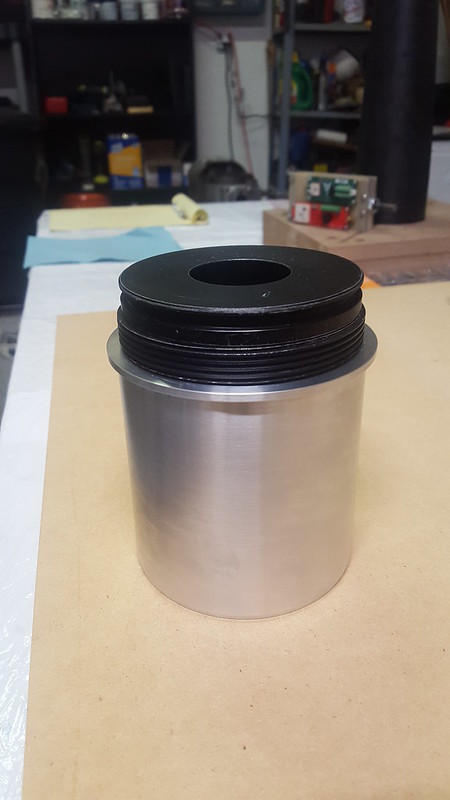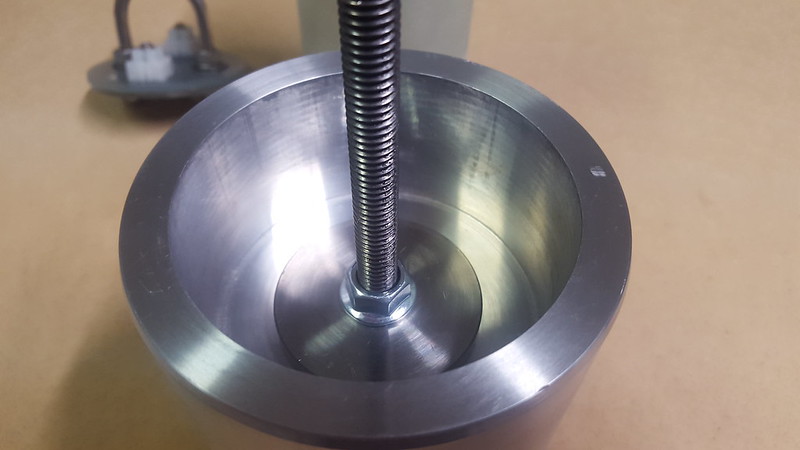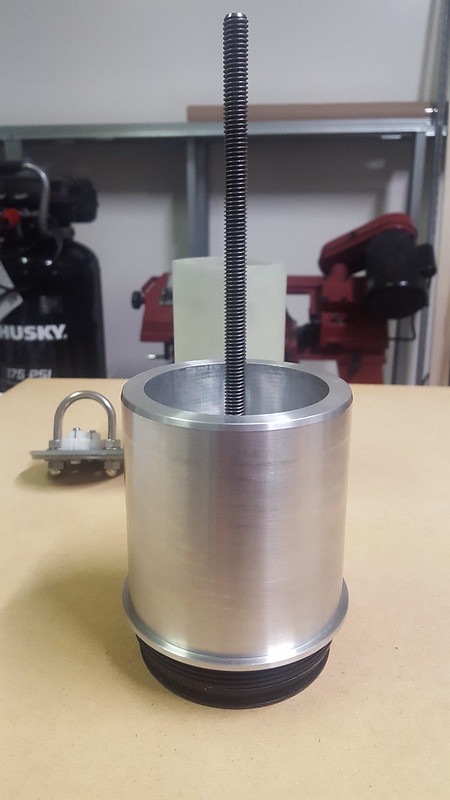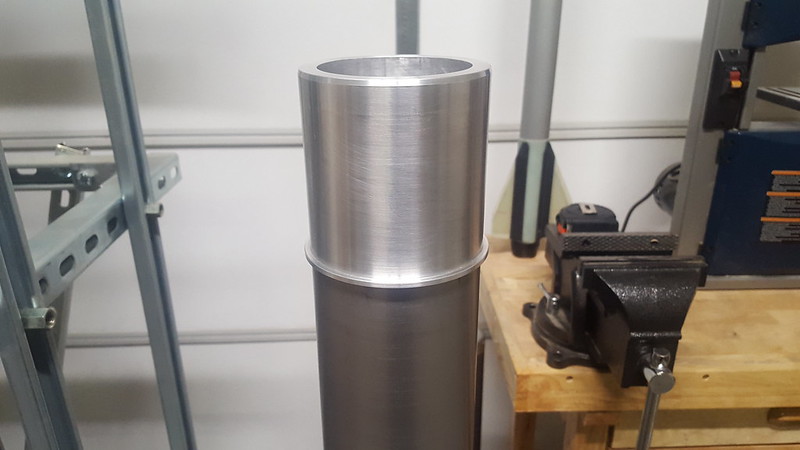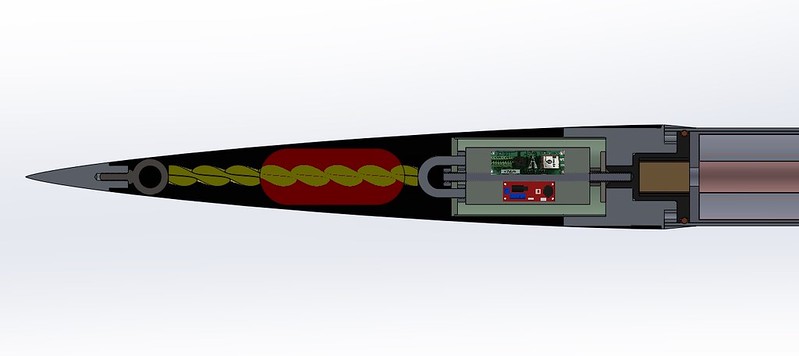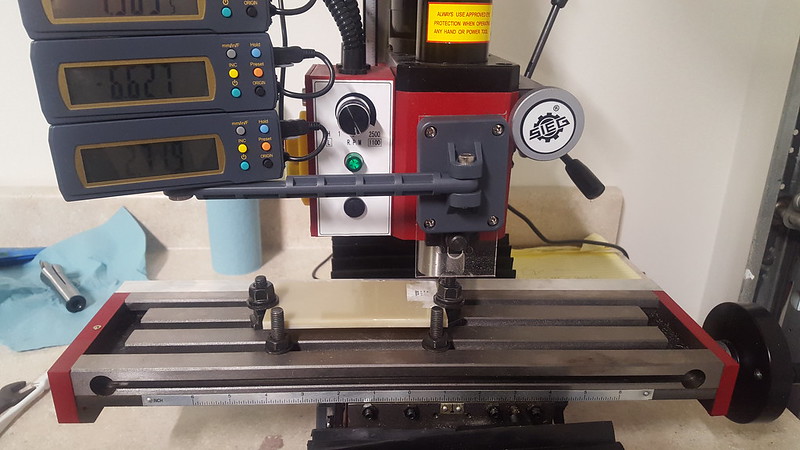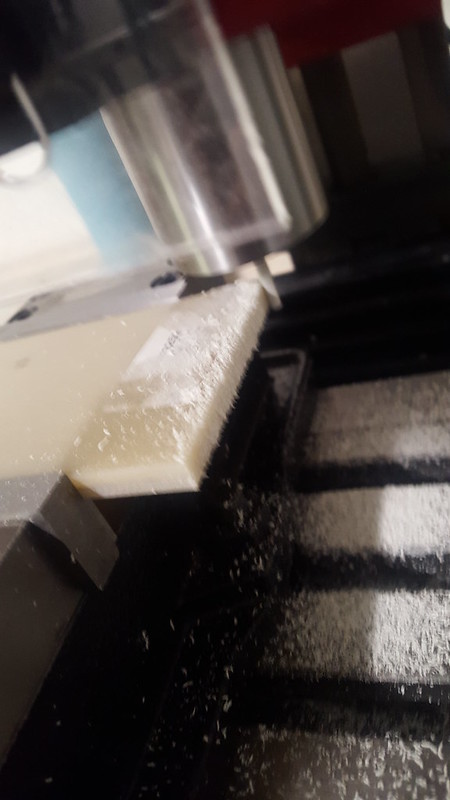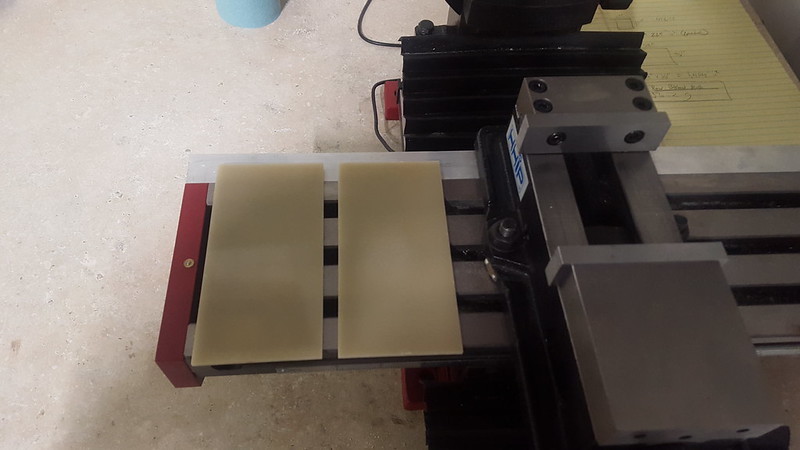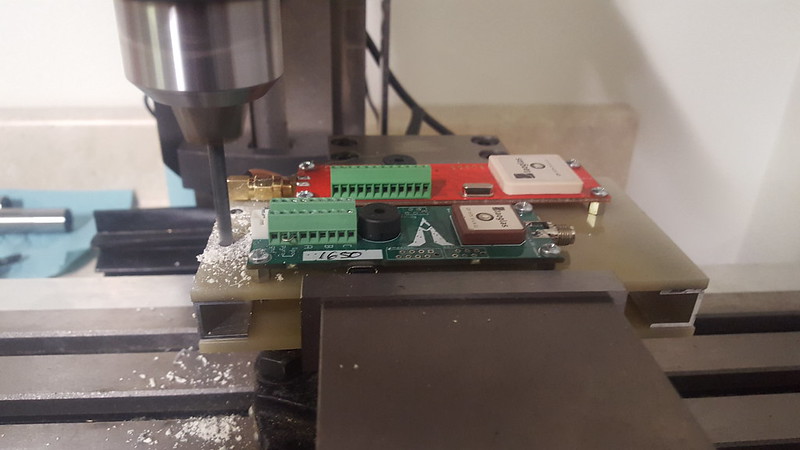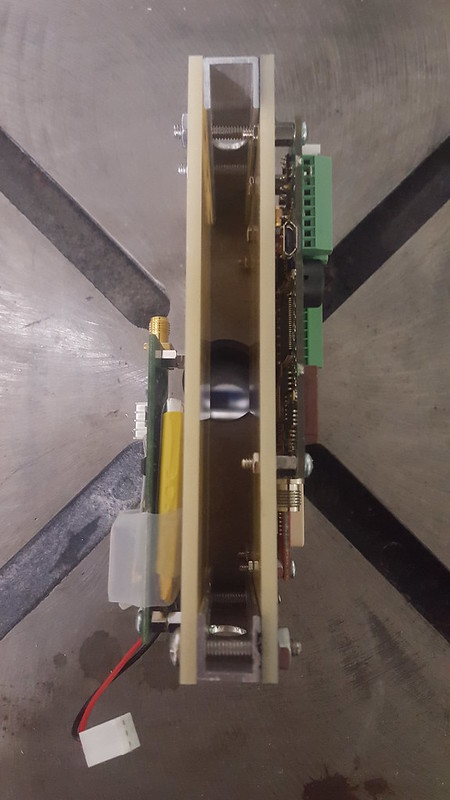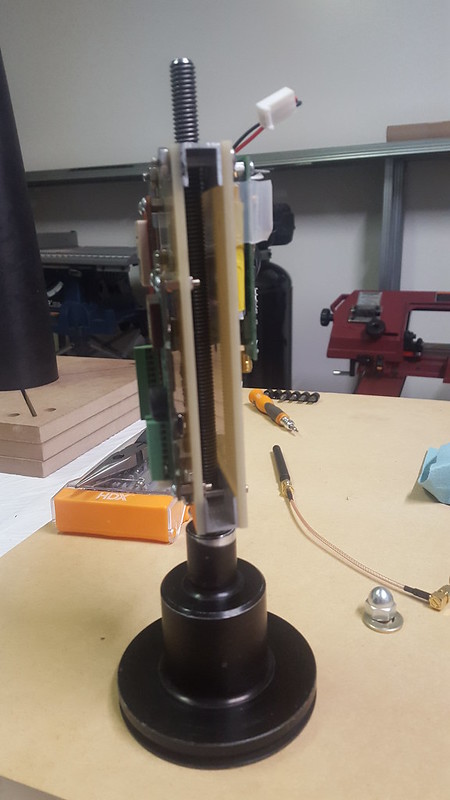I just got back to Butte after driving from Billings. Astro Anon, I'm sorry this has blown into anything more than a discussion about your project, which I think is very interesting. I didn't intend my position with Tripoli to affect that. Mark's comment about me being a nice guy is infinitely more important to me.
You never actually said you intend to bring this rocket down at 100 fps; you simply said your well built rockets have survived that rate. That's quite a testament to your build techniques.
My concern is range safety and potential for injuries. A rocket falling at 100 fps has nine times as much kinetic energy as one falling at 33 fps. However, I've made that point. I don't think further belaboring that point will help.
Our HPR Safety Code specifically allows " increased descent rates" at Black Rock, but (as you point out) does not specify a range considered safe. I don't wish to add rules. I would prefer to leave it as a discussion point between you and your TAPs. If you ever want to talk to me about it please PM me and I'll send you my phone number.
Steve
You never actually said you intend to bring this rocket down at 100 fps; you simply said your well built rockets have survived that rate. That's quite a testament to your build techniques.
My concern is range safety and potential for injuries. A rocket falling at 100 fps has nine times as much kinetic energy as one falling at 33 fps. However, I've made that point. I don't think further belaboring that point will help.
Our HPR Safety Code specifically allows " increased descent rates" at Black Rock, but (as you point out) does not specify a range considered safe. I don't wish to add rules. I would prefer to leave it as a discussion point between you and your TAPs. If you ever want to talk to me about it please PM me and I'll send you my phone number.
Steve





